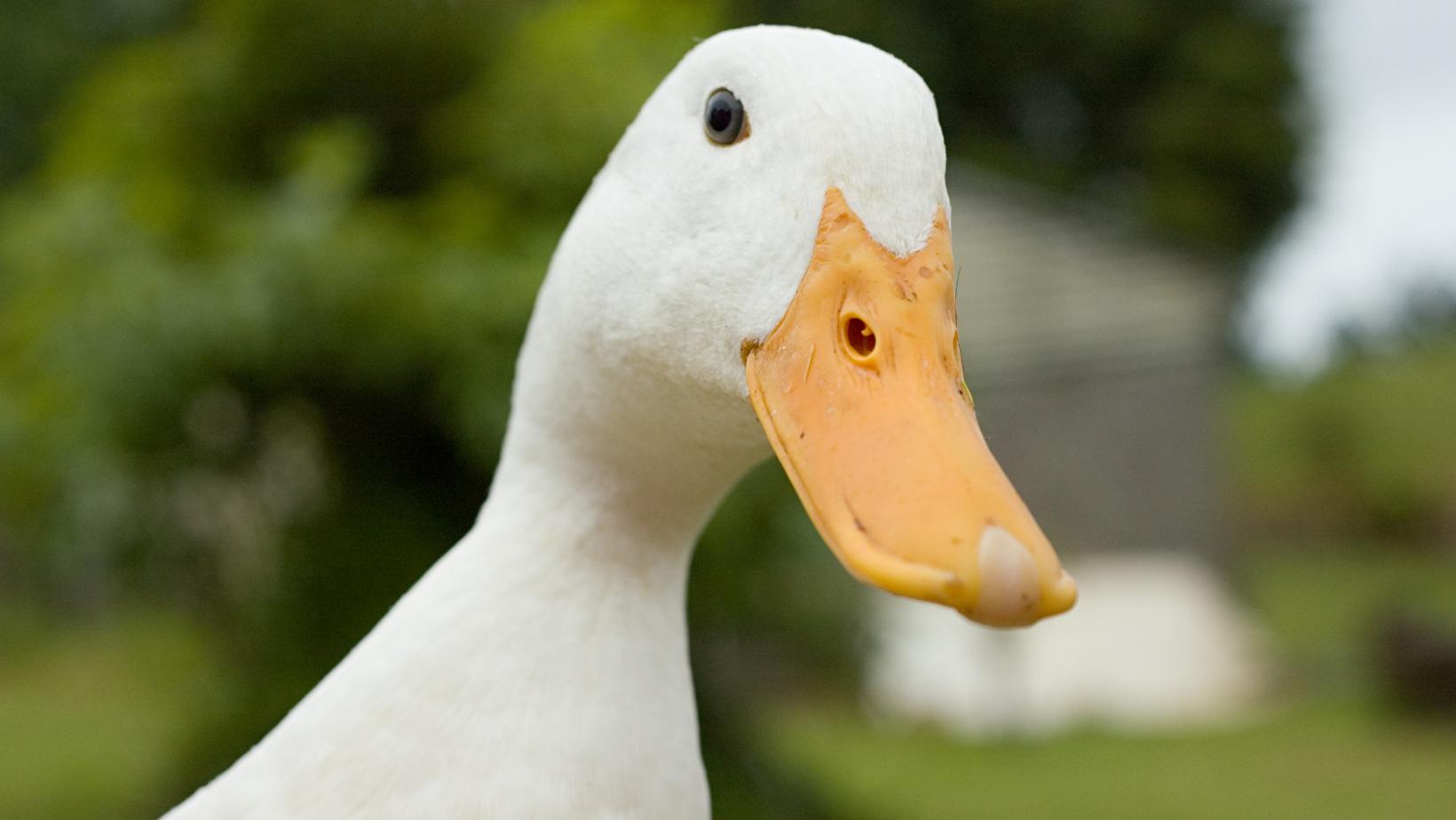Anatomy of a Dandelion
Dandelions (Taraxacum officinale) are well-known for their bright yellow flowers and are a common sight in many lawns and fields. Here’s a detailed look at the anatomy of a dandelion and the function of each part:
Roots
- Taproot: The dandelion has a deep, thick taproot that can extend several feet into the ground. This root anchors the plant and stores nutrients and water, allowing the dandelion to survive in various conditions. The taproot also helps in breaking up compacted soil, enhancing soil aeration and drainage.
Leaves
- Rosette Leaves: The leaves form a rosette at the base of the plant. They are deeply lobed with pointed tips, and the edges are often toothed (hence the name “dandelion,” derived from the French “dent-de-lion,” meaning lion’s tooth). These leaves perform photosynthesis, converting sunlight into energy for the plant. They also funnel water toward the root system.
Stem
- Scape: The dandelion stem, or scape, is hollow and leafless. It supports the flower head and elevates it for better access to pollinators. The scape contains latex, a milky fluid that can deter herbivores.
Flowers
- Inflorescence: The dandelion flower head is actually an inflorescence, known as a capitulum, composed of numerous tiny florets. Each floret is a complete flower with its own reproductive organs.
- Ligules (Ray Florets): These are the strap-shaped parts that look like petals. Each ligule has five fused petals, and they collectively form the bright yellow flower head.
- Pappus: The pappus is a modified calyx that forms the characteristic white, fluffy seed head after flowering. It aids in wind dispersal of the seeds.
Reproductive Structures
- Ovary: Each floret contains an ovary at its base, which will develop into a seed.
- Stigma and Style: The stigma is the part of the pistil that receives pollen. The style connects the stigma to the ovary.
- Anthers: These are the pollen-producing parts of the flower.
Seeds
- Cypsela: The seed of a dandelion is technically a cypsela, a type of dry fruit. Each cypsela is attached to a pappus, forming a parachute-like structure that facilitates wind dispersal.
- Pappus: This structure allows the seed to be carried away by the wind, helping the dandelion to colonize new areas.
Functions of Dandelion Parts
- Taproot: Anchors the plant, stores nutrients and water, breaks up compacted soil.
- Rosette Leaves: Photosynthesis, funnels water to roots.
- Scape: Supports flower head, contains latex to deter herbivores.
- Inflorescence (Capitulum): Contains many small florets, each capable of producing seeds.
- Ligules (Ray Florets): Attract pollinators, provide the bright yellow color.
- Pappus: Aids in seed dispersal.
- Reproductive Structures: Facilitate pollination and seed production.
- Cypsela (Seed): Contains the plant embryo, capable of wind dispersal.
Dandelion Identification
Seed:
- Dandelion seeds are small, light, and equipped with a feathery pappus that allows them to be carried by the wind. These seeds can travel significant distances, ensuring widespread distribution.
Germination:
- Seeds germinate best in warm, moist conditions and can begin sprouting within a few days to weeks after landing in a suitable environment. The seedlings first produce a rosette of small, rounded leaves.
Juvenile Plant:
- As the plant matures, it forms a rosette of deeply lobed leaves that lie close to the ground. The leaves are dark green, with a characteristic toothed edge.
Mature Plant:
- A mature dandelion has a strong taproot that can extend several feet into the soil. This root system allows the plant to access deep water sources and store nutrients. The plant produces bright yellow flowers that open in the morning and close in the evening.
- Each flower head is actually composed of many tiny flowers called florets. After pollination, the flower head matures into a globe of seeds, ready to be dispersed by the wind.
Death:
- Dandelions are perennial plants, meaning they can live for several years. They do not “die” in the traditional sense but will wilt and go dormant under adverse conditions like frost or extreme heat. However, they quickly revive with favorable weather. Effective eradication usually requires removing the entire taproot, as leaving even a small part in the soil can allow the plant to regrow.
Benefits
Soil:
- Dandelions have a deep taproot that helps break up compacted soil, allowing water and nutrients to penetrate more deeply. This improves soil aeration and fertility.
- They accumulate nutrients such as calcium from the soil and bring them to the surface, benefiting shallow-rooted plants.
Humans:
- Nutritional: Dandelions are rich in vitamins A, C, and K, as well as minerals like calcium, potassium, and iron. The leaves can be used in salads, teas, and soups.
- Medicinal: Dandelion roots and leaves have been used traditionally to support liver health, as a diuretic, and to improve digestion.
Animals:
- Many animals, including rabbits, guinea pigs, and livestock, eat dandelions. The flowers attract pollinators like bees and butterflies, while the seeds are a food source for birds.
Harms
- While generally beneficial, dandelions can become invasive, crowding out other plants and disrupting garden aesthetics.
- The latex in dandelion stems can cause mild skin irritation in sensitive individuals.
- Overconsumption of dandelion greens can lead to stomach upset in some people due to their diuretic properties.
Uses and Harvesting
Uses:
- Culinary: Young dandelion leaves can be eaten raw in salads or cooked. The flowers can be used to make dandelion wine, and the roots can be roasted and used as a coffee substitute.
- Medicinal: Dandelion roots are often used in herbal medicine to support liver function and digestion. Dandelion tea made from the leaves is used as a diuretic.
- Cosmetic: Dandelion extracts are used in skincare products for their anti-inflammatory properties.
Harvesting:
- Leaves: Best harvested in the spring before the plant flowers when they are tender and less bitter.
- Flowers: Pick when fully open, ideally in the morning after dew has dried.
- Roots: Harvest in the fall when the energy of the plant is concentrated in the roots. Dig carefully to avoid breaking the taproot.
Sources
- Hunker – What Kinds of Weeds Does Scotts Weed and Feed Kill?
- Home Depot – Scotts Turf Builder Weed and Feed
- National Center for Biotechnology Information – Dandelion (Taraxacum officinale) Use
- WebMD – Dandelion Uses and Benefits
- NC State University – Plant Identification
- Botanical Society of America – Dandelion
- Wikipedia – Dandelion
This first article in the “Know Your Weeds” series aims to shed light on the often-overlooked benefits of dandelions I while providing practical advice on their management and utilization. Stay tuned for more in-depth looks at other common weeds!




